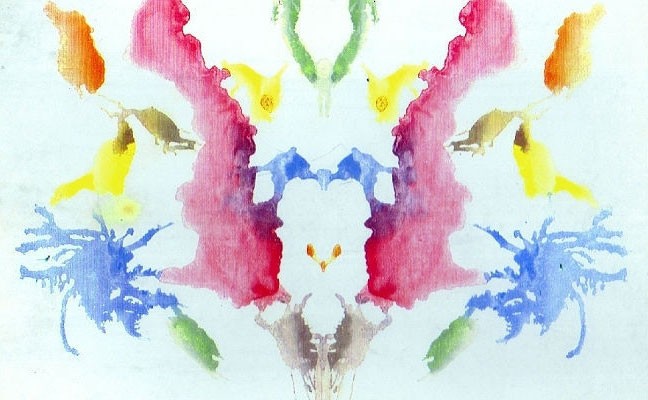5 Unique Recruiting Practices From Around the World
Every culture has its own way of doing things—and recruiting is no exception. While some strategies are universal, there’s also a diversity of tactics and practices unique to countries around the world.
We’ve covered the world’s most unique jobs before—now we’re turning to the most unique recruiting practices. From handwriting analysis to secret meetings, here are five ways recruiters do things differently around the world.
1. Candidates in Argentina often get a physical and psychological test
In Argentina, a full physical and psychological exam is a common requirement in the recruiting process, according to a recent article from the BBC. The physical is meant to help protect employees from illnesses and workplace accidents. In one case, the exam involved blood tests, urine samples, and even a chest X-ray.
The psychoanalytical exam, unique to Argentina, often includes asking the candidate to interpret Rorschach inkblots and draw a person in the rain for insights into their personality. If the candidates draws the ground, for example, it’s commonly thought that the person must be “grounded.” According to one study, the “person under the rain” is used almost 25% of the time, while inkblots are used at 14% of companies in Argentina.
2. Many French companies analyze their candidates’ handwriting
Like Argentinians, French recruiters also consider personalities of their candidates—but in a different way: by analyzing their handwriting through a discipline called graphology.
In 1991, a study found that 91% of public and private French organizations used handwriting analysis. Today, estimates range from 50-80% of French companies, according to the BBC’s report. Graphologists look at how much pressure you put on the pen, how fast you write, the shape of the letters, and more for insights into whether you’re sociable, patient, pessimistic, or aggressive, among other character traits.
While graphology is getting less common in the age of email—and the French Ministry of Labor questions it’s scientific validity, comparing it to astrology—the practice remains particularly popular in France.
3. Candidates in Japan tend to be secretive about their job interest
In Japan, there’s a strong expectation that employees will stay at one company for years—if not their whole life. “Everyone wants to stay in the same place for years and years,” said Tetsu Nakamura, a recruiter who’s worked in the United States and Japan, in a recent interview. “We still have that culture. You don’t often say ‘I’m looking for a job’ to friends. You just have to be more secretive about it.”
For recruiters, that means more aggressive sourcing and outreach. “In general, I have to source more in Japan because it’s harder to talk to candidates and get them to respond,” said Tetsu.
Candidates may try to hide the fact that they’re looking for jobs and be secretive about the process. Due to the premium put on privacy, phone interviews aren’t as common in Japan—especially during work hours. Secret face-to-face meetings are often preferred to establish trust and keep things hush-hush.
4. German recruiters look for a personal picture in the application
Traditionally, German recruiters would require candidates to include a professional photo at the top of their CV. In 2006, the German parliament passed an anti-discrimination law to prevent recruiters from requiring candidates to attach a photo.
Even though it’s not a requirement, it’s still customary and expected. Many recruiters asking for photos defend the practice by saying it gives a fuller picture of the applicant, who they are, what they’re like, etc. On the other hand, many companies across the world are moving in the other direction to fight discrimination, using “blind hiring” practices to evaluate candidates’ resumes without knowing their name, gender, race, appearance, or physical ability.
While submitting a photo might seem odd to recruiters in other countries, it’s not that strange when you consider that most candidates have a professional photo on their LinkedIn profile. And considering that LinkedIn profiles with a photo get 21x more views and 9x more connections, it’s easy to see why candidates continue the practice.
5. Danish recruiters keep interviews casual, like their work culture
Interviews in Denmark often start off with a cup of coffee or tea and a conversation about the candidate’s personal life and family to make them feel comfortable. Of course, people across the world like to engage in a little chatter and small talk.
But Danish culture really tends to place an emphasis on being happy and casual—not too formal. Unless it’s a bank job or a high-profile position, recruiters and candidates will keep a casual dress code of a sweater and jeans or pants, and enjoy a pleasant conversation to start and conclude the interview.
Though recruiters do things a little differently across the world, there’s a lot more that unites them than divides them. Check out LinkedIn’s Global Recruiting Trends report to get a fuller picture of talent acquisitions leaders across 35 countries.
To receive blog posts like this one straight in your inbox, subscribe to the blog newsletter.
Topics: Recruiting strategy
Related articles



